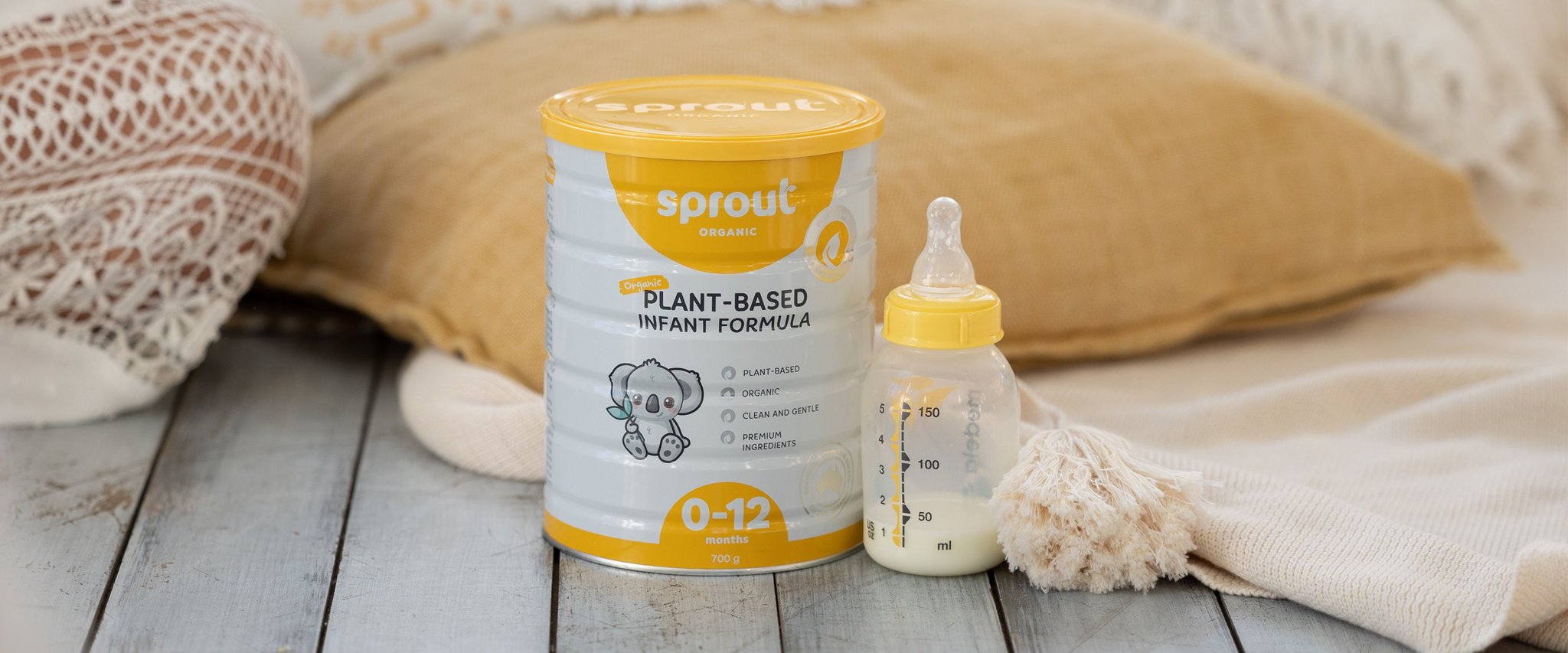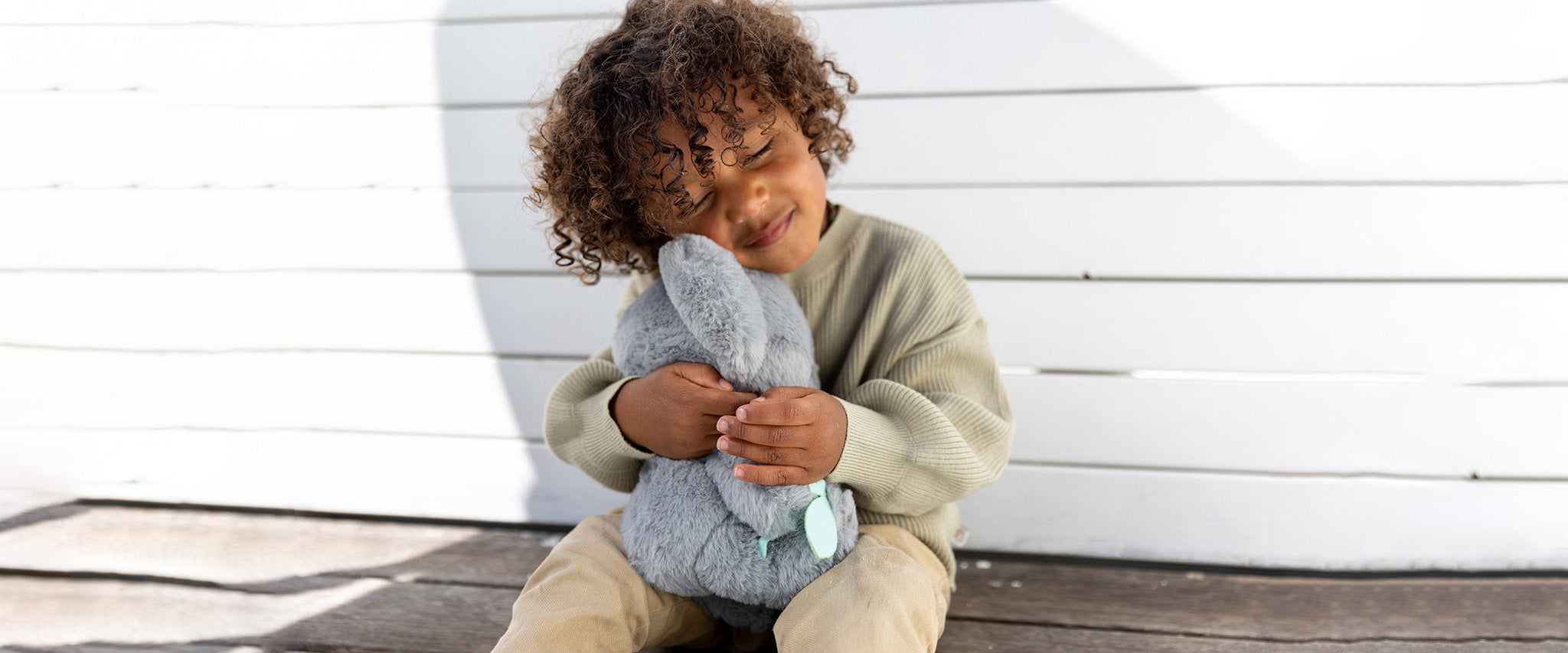Preparing for your feeding journey
As with most significant events in life, the transition and experience is often smoother when you have prior knowledge and understanding of what’s to come. The same goes for pregnancy, birth and feeding your baby; education is vital! In our blog below, we aim to provide you with education around simple ways you and your partner can prepare for the first year of your feeding journey, whether breastfeeding or formula feeding (or both!).
For mamas-to-be, it’s important to remember that as much as you may prepare and plan for your feeding journey, sometimes plans change or unexpected things happen that mean you have to adapt your plan, depending on what is best for you and your baby. Whichever way you feed your baby, all methods take mental and physical preparation. During the antenatal period, your healthcare provider will likely discuss your options around feeding your baby with you. Most healthcare professionals will promote breastfeeding and discuss the benefits of this mode of feeding with you. Although breastfeeding is the most common feeding method, has incredible benefits for both mum and bub, and is encouraged, some parents choose to or may need to formula feed their baby, and that is entirely okay. You may plan to formula feed from birth, other families want to mix feed with breastmilk and formula and sometimes mums plan to breastfeed but for many different reasons they may end up using formula.
In preparation for your feeding journey, it is a great idea to be aware of the size of your baby’s stomach at birth and how it grows during those first days and weeks, as this relates to how much milk they need. Your baby’s stomach is the size of a cherry at birth, around day three the size of a strawberry, and slowly increases to the size of a kiwi fruit at 3-4 weeks old. The size of bub’s stomach is very relevant to consider in those early days when bub is feeding, as they don’t need much breastmilk or formula to be satisfied. As the days and weeks pass and bub’s tummy expands, they will slowly consume larger volumes of milk.

Breastfeeding
The Australian Breastfeeding Association (ABA) encourages mamas-to-be to learn about breastfeeding before the baby arrives, making you knowledgeable and empowered for when bub is born and more likely to identify any problems that may arise. One of the best ways you can prepare for a successful breastfeeding journey is to have the support of your partner and those closest to you. If your partner is aware that you want to breastfeed and understands the importance of breastfeeding and the process, they can support and encourage you, especially on those tough days.
Partners often feel helpless in the early days when mum is breastfeeding around the clock. The ABA website has information on how your partner can best support you and feel included in the partnership of parenthood to give you and your baby the best chance of breastfeeding as long as possible.
If you are preparing to breastfeed, it’s a great idea to learn about the process of your body producing breast milk, starting with colostrum. Colostrum is a thick yellow/clear looking substance that your body makes from mid to late pregnancy and is present in your breasts following birth for around three to five days. Colostrum is nutrient-dense and referred to as ‘liquid gold’; therefore, your baby only needs small amounts to be satisfied in the first few days after birth. Your body increases colostrum production after birth due to hormonal changes and your baby suckling at the breast. You may choose to express colostrum from 37 weeks pregnant. Chat to your healthcare provider regarding risks, benefits and clearance before expressing.
Your milk then ‘comes in’ and fills your breasts around day 3 or 4 (70 - 90 hours) after your baby is born, and your breasts will become very firm. You may then notice a change in your baby’s suck and swallow pattern while breastfeeding, your baby will take deeper, slower sucks, and you may also hear gulping and swallowing of your milk!
Maintaining breast milk supply is reliant on frequent feeding, removal of your breastmilk and regulation of hormones. Your breastmilk supply will depend on the demand and how often bub is feeding. The more milk that is emptied from your breast, the more breastmilk you will produce. Therefore, you make exactly the right amount of milk for your baby and their needs (don’t worry though, regulating your supply can take some time).
Formula feeding
Education on formula feeding is also essential. Even if you don’t plan on formula feeding, it is still helpful to be aware of the information in case your baby needs formula. Due to bub’s small stomach size at birth and in those first few weeks, follow your baby’s hunger cues so you don’t overfeed. This may result in tummy pains, vomiting or constipation for your baby. To avoid this, your midwife should explain to you and your partner the safest way to feed your baby formula in those early days and guide you on how much formula bub should be having. This will consist of small amounts of formula, for the first day and increasing in volume every day, depending on bub’s weight and if you are exclusively formula feeding or mix feeding.
Points to consider when preparing to formula feed:
- Purchasing all bottle-feeding equipment before bub is born, including bottles, teats and sterilising equipment. A slow flow teat is often recommended for newborns.
- Purchasing and deciding on which brand of formula you and your partner want to feed your baby. This will be your baby’s main nutritional intake for the first 12 months of life, so it’s important to do some research around this. Try to focus on clean and organic ingredients that are carefully selected to support the healthy development of your little one from birth to 12 months of age. Using a formula that is Australian made is often an important aspect for many Australian families.
- Educate yourself on how to prepare and warm formula safely.
- Be aware of cleaning and sterilising all bottle-feeding equipment. Bottles are a common breeding ground for bugs that can make bub sick, mainly due to warm milk residue in the bottles, teats and lids. It is recommended to clean bottles after every feed with hot soapy water and sterilise feeding equipment every 24hrs until your baby is 12 months old.

Solids
After six months of age, you may introduce solids into your baby’s diet in conjunction with breastfeeding or formula feeding. Your baby will still need breastmilk or formula for at least the first 12 months of life. When your baby has strong head and neck strength and begins to show signs of being ready to eat solids, you can introduce soft foods.
Signs bub is ready for solids may include:
- Showing interest in food
- Reaching out for your food or opening their mouth when you offer them food
- Loss of the extrusion reflex or the tongue-thrust reflex (pushing food out of their mouth with their tongue)
- Ability to sit up with no back or neck support
Eating solids will provide your little one with extra iron and nutrients needed for growth and development. It is best to offer bub solids when they are happy and relaxed, starting with small amounts after a breastfeed or bottle and slowly increasing the amount. From 6 months of age, you can also begin to offer your baby cooled boiled water in a cup so they can start practising using a cup, although they will still rely on breastmilk or formula for their primary hydration and nutrition.
Seek further advice from your child health nurse, GP or paediatrician regarding introducing solids or food allergies.
Written by midwife Aliza Carr from Bumpnbub.






Leave a comment